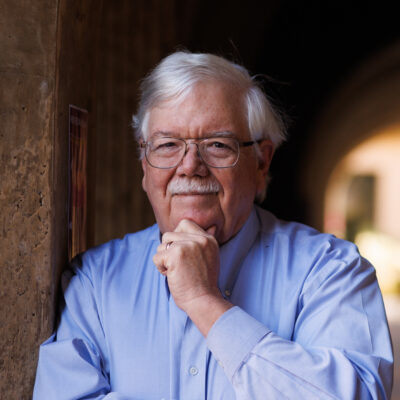Gene Editing Breakthrough
Summary
Dr. Shoukhrat Mitalipov and other scientists describe recent breakthroughs in gene editing to repair inherited conditions.
People in this video
Richard Hynes
Hank Greely
Pam Belluck
Shoukhrat Mitalipov
…
Charlie Rose: For the first time, scientists have successfully edited genes in human embryos to repair a mutation that causes a dangerous heart condition. The new method would also prevent the mutation from being passed down to future generations. The achievement could potentially be applied to more than 10,000 conditions caused by specific inherited mutations. The study was a collaboration between the Salk Institute, the Oregon Health and Science University in Portland, and Korea’s Institute for Basic Science. The development also raises ethical concerns regarding its potential to be exploited for non-therapeutic purposes. Joining me now from Portland, Oregon, is the study’s senior author, Dr. Shoukhrat Mitalipov of Oregon Health and Science University. From Cambridge, Massachusetts, Richard Hynes, a cancer researcher at MIT. From Palo Alto, Hank Greely, director of the Center for Law and the Biosciences at Stanford. Here in New York, Pam Belluck, who wrote the story for “The New York Times.” I am pleased to have each of them. This is a remarkable story. A remarkable advance. We want to fully understand the potential and also some of the caution that is being raised. I’ll begin with Pam Belluck here. Tell me the significance of this.
…
Charlie Rose: Hank Greely, what would you add to this, in terms of the significance and the excitement in the medical community?
Hank Greely: Well, I think it’s right. I think one of the remarkable things about this study is they discovered something surprising. It didn’t actually work quite the way everybody expected. When the story first broke last week early, none of the early stories really talked about the most interesting scientific finding, which is this self-repair mechanism in the embryo. I think this is a really fascinating advance that might bring embryo editing to the clinic a little bit earlier, but I think we’re still at least a decade out. Maybe now we’re nine years and ten months out.
Read More
